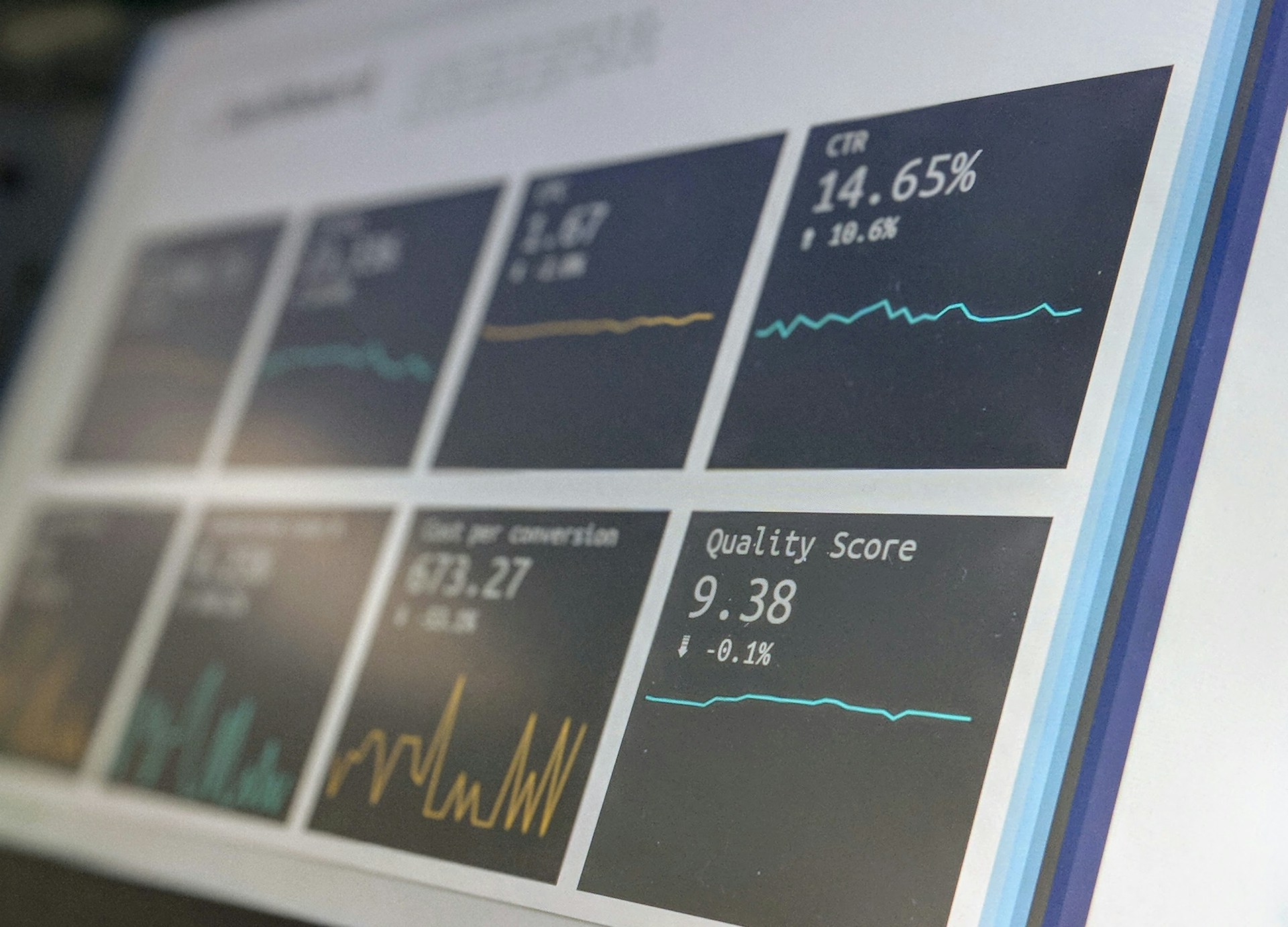
Risk Management Strategies for AML Compliance
Effective risk management is essential for Anti-Money Laundering (AML) compliance. Financial institutions must identify, assess, and mitigate AML risks to prevent money laundering and ensure regulatory compliance. This article explores risk management strategies for AML compliance, highlighting effective methods to manage AML risks in your organization.
Understanding AML Risk Management
AML risk management involves identifying potential money laundering risks, assessing their impact, and implementing measures to mitigate them. A robust AML risk management framework helps financial institutions detect and prevent money laundering activities while ensuring compliance with regulatory requirements.
Key Components of AML Risk Management
1. Risk Assessment
Description: Conducting comprehensive risk assessments to identify and evaluate potential AML risks.
How It Works:
- Data Collection: Gather data on customers, transactions, and other relevant factors.
- Risk Profiling: Assess the risk level of customers and transactions based on various factors.
- Risk Scoring: Assign risk scores to customers and transactions to prioritize monitoring efforts.
Best Practices:
- Use Advanced Analytics: Leverage advanced analytics to identify patterns and anomalies in data.
- Regular Updates: Regularly update risk profiles and assessments based on new information.
- Involve Stakeholders: Involve key stakeholders in the risk assessment process to ensure a comprehensive approach.
2. Customer Due Diligence (CDD)
Description: Implementing effective customer due diligence measures to verify the identity of customers and assess their risk profiles.
How It Works:
- Identity Verification: Collect and verify customer information using reliable documents and data sources.
- Risk Assessment: Assess the risk level of each customer based on their profile and transaction behavior.
- Ongoing Monitoring: Continuously monitor customer activities to detect any unusual or suspicious transactions.
Best Practices:
- Digital Onboarding: Implement digital onboarding solutions to streamline the identity verification process.
- Enhanced Due Diligence (EDD): Apply enhanced due diligence measures for high-risk customers.
- Continuous Monitoring: Use advanced analytics and machine learning to monitor transactions in real-time.
3. Transaction Monitoring
Description: Monitoring customer transactions in real-time to detect suspicious activities and potential money laundering.
How It Works:
- Data Analysis: Analyze transaction data to identify patterns and anomalies.
- Rule-Based Monitoring: Use predefined rules to flag transactions that may indicate money laundering.
- Machine Learning: Employ machine learning models to improve detection accuracy and reduce false positives.
Best Practices:
- Automate Monitoring: Use automated systems to monitor transactions and detect suspicious activities.
- Adjust Rules Regularly: Regularly review and update monitoring rules to adapt to new risks.
- Investigate Alerts Promptly: Promptly investigate and resolve alerts to prevent potential money laundering.
4. Suspicious Activity Reporting (SAR)
Description: Reporting suspicious transactions to regulatory authorities as required by law.
How It Works:
- Identification: Identify transactions that meet the criteria for suspicious activity.
- Documentation: Document the details of the suspicious activity, including the nature and reason for suspicion.
- Submission: Submit the SAR to the appropriate regulatory authority within the required timeframe.
Best Practices:
- Automate Reporting: Use automated systems to detect and report suspicious activities promptly.
- Train Employees: Regularly train employees on how to identify and report suspicious activities.
- Maintain Records: Keep detailed records of all SAR submissions and related investigations.
Advanced Tools and Technologies for AML Risk Management
1. Artificial Intelligence (AI) and Machine Learning
Description: AI and machine learning enhance AML risk management by automating data analysis and improving detection accuracy.
How It Works:
- Pattern Recognition: AI systems analyze data to identify patterns that may indicate money laundering.
- Anomaly Detection: Machine learning models detect anomalies and flag suspicious activities.
- Predictive Analytics: Uses historical data to predict potential money laundering activities.
Benefits:
- Efficiency: Automates data analysis, reducing the burden on human analysts.
- Accuracy: Enhances the accuracy of detecting money laundering activities.
- Proactive Prevention: Identifies potential threats before they result in significant losses.
2. Blockchain Technology
Description: Blockchain provides a secure and transparent way to record transactions, making it difficult for criminals to tamper with or alter records.
How It Works:
- Immutable Ledger: Transactions are recorded in a decentralized ledger that cannot be altered once added.
- Smart Contracts: Automate and enforce compliance checks and contractual obligations.
- Traceability: Provides a transparent trail of transactions that can be audited by authorized parties.
Benefits:
- Security: Protects against data tampering and fraud.
- Transparency: Enhances transparency and accountability in financial transactions.
- Efficiency: Streamlines compliance processes through automation.
3. Advanced Analytics
Description: Advanced analytics tools analyze large datasets to uncover insights and detect financial crimes.
How It Works:
- Data Integration: Combines data from various sources, including internal systems and external databases.
- Real-Time Analysis: Analyzes data in real-time to detect suspicious activities.
- Visualization Tools: Uses visualization tools to present data in an easily understandable format.
Benefits:
- Comprehensive Insights: Provides a holistic view of financial activities and potential risks.
- Timely Detection: Identifies suspicious activities in real-time, allowing for prompt action.
- Informed Decision-Making: Supports decision-making with data-driven insights.
Effective risk management is essential for AML compliance. By implementing comprehensive risk assessment, customer due diligence, transaction monitoring, and suspicious activity reporting, financial institutions can detect and prevent money laundering activities. Leveraging advanced tools and technologies such as AI, blockchain, and advanced analytics further enhances the effectiveness of AML risk management. By adopting these strategies and best practices, organizations can ensure compliance with AML regulations and protect their reputation from the risks associated with financial crimes.








